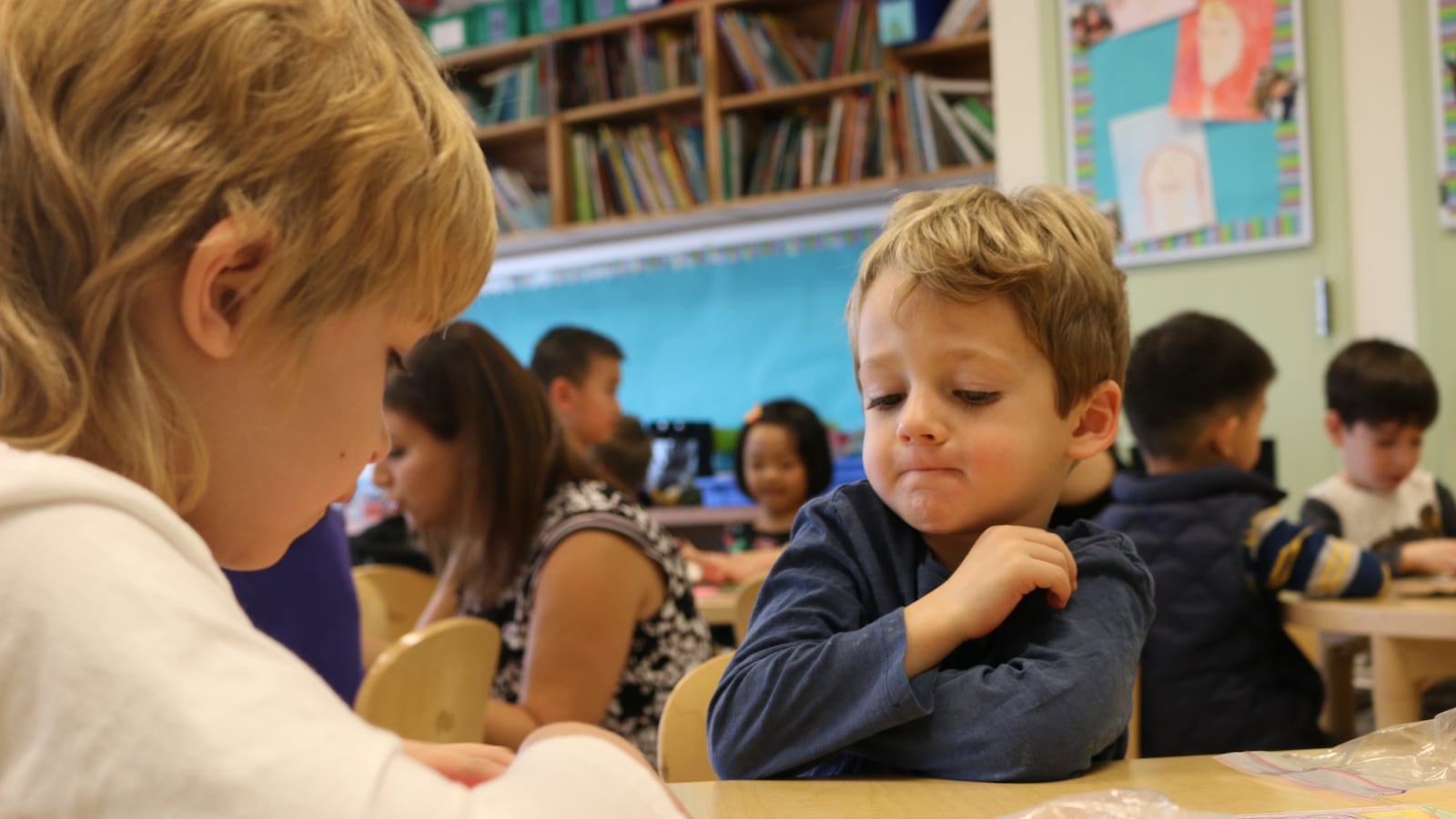A high-level mayoral advisory group released a bombshell report this week that suggests New York City phase out its gifted and talented programs.
In their place, the task force suggests “equitable enrichment alternatives” that would enroll a range of students, diversifying the ranks of those getting advanced academic opportunities.
But what, exactly, could that look like?
The report itself doesn’t offer a clear answer, but experts and those involved in writing it said it might involve something called “schoolwide enrichment models” — an approach that tasks school staffers with identifying students’ interests and then developing mini-courses, more detailed units of study, and electives for older students centered on those topics.
Schoolwide enrichment “is really flipping the whole idea on its head,” said Allison Roda, a professor at Molloy College who has studied the city’s gifted programs. “Instead of sorting students based on perceived ability and whether they can pass a test when they’re 4 years old, the school’s job is to find out what those gifts and talents are and to develop them.”
For younger children, that could mean setting up small groups of students who are pulled out of their classrooms to learn the basics of photography. In middle and high school, staff can give students questionnaires about their interests and use that information to set up electives that could include topics ranging from robotics to journalism.
The idea, experts said, is to create additional learning opportunities that foster curiosity for all students in a school instead of walling off opportunities for students labeled “gifted.”
Some city schools have already adopted those approaches, which emerged in the mid-1980s. At BELL Academy in Queens, some middle schoolers have created stop-motion movies and others have painted artworks to raise awareness about bullying — projects that were covered by some of the school’s student journalists. The school’s model is based on a program developed by Joseph Renzulli and Sally Reis at the University of Connecticut; the pair said in an interview that several New York schools already use some form of it.
Carmen Fariña, Mayor Bill de Blasio’s first schools chancellor, previously suggested the Renzulli model could be a good option for schools, noting that her “goal would be to have neighborhood schools that provide gifted practices to all students.”
While voicing her support for schoolwide enrichment, Fariña left gifted programs essentially untouched. And although some elements of gifted admissions and programming have changed over time, cutting gifted classes altogether has long been viewed as a political impossibility, since doing so risks alienating middle class families who might otherwise leave the city for suburban districts.
Even if embracing new enrichment programs makes sense from an educational perspective, parents will likely push back against the elimination of coveted gifted programs, which are often seen as a reliable pathway to competitive public middle and high schools.
“The label is something that people really crave,” said James Borland, a Teachers College professor who studies “gifted” education. “The fact that the curriculum is very weak in lots of gifted programs — or the fact that it’s not that different — it’s a problematic situation,” he added.
Chancellor Richard Carranza has hinted he might go further than his predecessor and signaled support for the advisory group’s recommendations as a whole at a press conference Tuesday. But de Blasio will ultimately decide whether to enact the proposals, and supporters of gifted programs have already begun criticizing any dramatic overhaul, with some arguing they should be expanded to serve more students.
For his part, Renzulli suggested the city approach the transition cautiously, given the political fights he has seen in other districts over gifted education. A slower approach “avoids the kinds of political battles that will continue to go on and nothing will happen,” he said.
By contrast, the advisory group urged the city to move quickly to dismantle the city’s current gifted offerings and replace them with something more inclusive. “We are calling immediately for the department of education to resource the creation of those models that other cities are already utilizing,” Maya Wiley, an academic at The New School who led the diversity advisory group, told reporters.
Halley Potter, a researcher at the Century Foundation who has visited BELL Academy, said some U.S. school districts, such as Washington, D.C., have begun to embrace schoolwide enrichment. She added that the approach can also influence how educators teach core classes, helping them devise lessons that are accessible for weaker students while going deeper on certain concepts to avoid leaving strong students bored.
Still, there are lots of unanswered questions about how the city might approach the transition to schoolwide enrichment programs, including whether all schools with gifted programs will be converted and how the department would quickly scale up training.
“We would want to see what the district is willing to do to support this [and] how will they ensure that school leaders and teachers have access to training,” Potter said.
Wiley emphasized Tuesday that it would be up to the education department to figure out what the model should look like in schools.
“Our report doesn’t prescribe how this is done,” she said. “It points to the model and the research. It says, ‘don’t do the things that we know are discriminatory,’ and then design and co-create with stakeholders.”

